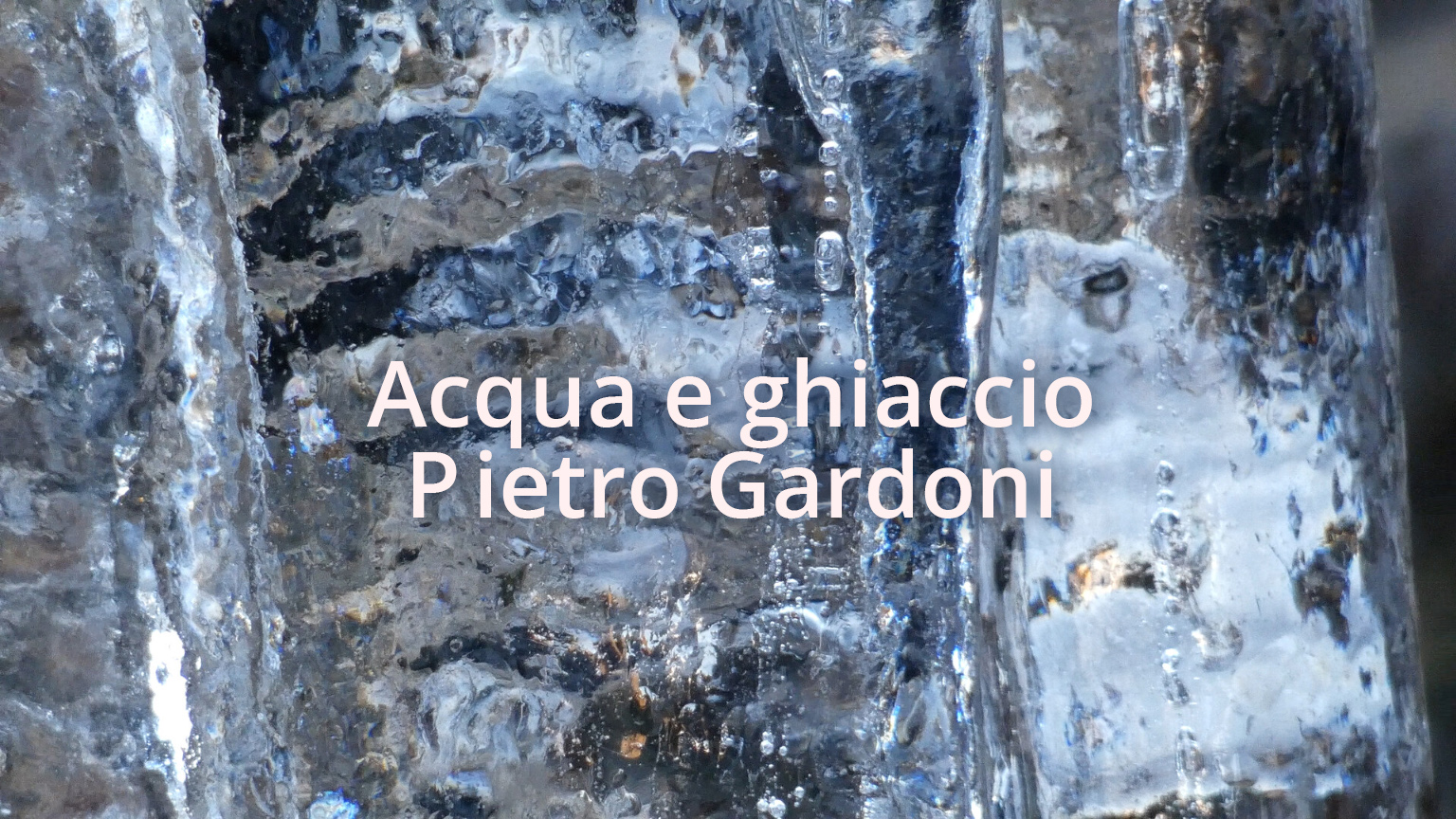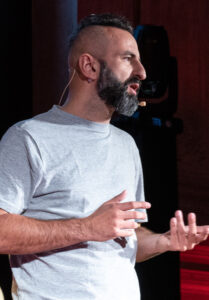Pietro Gardoni: “Water in frozen streams is beautiful and in some of its details offers everything I look for: mainly forms in constant motion but also play of light and reflections. ”

Pietro Gardoni: “Water in frozen streams is beautiful and in some of its details offers everything I look for: mainly forms in constant motion but also play of light and reflections. ”
THE AUTHOR

Name: Pietro Gardoni
Film: “Acqua e ghiaccio”